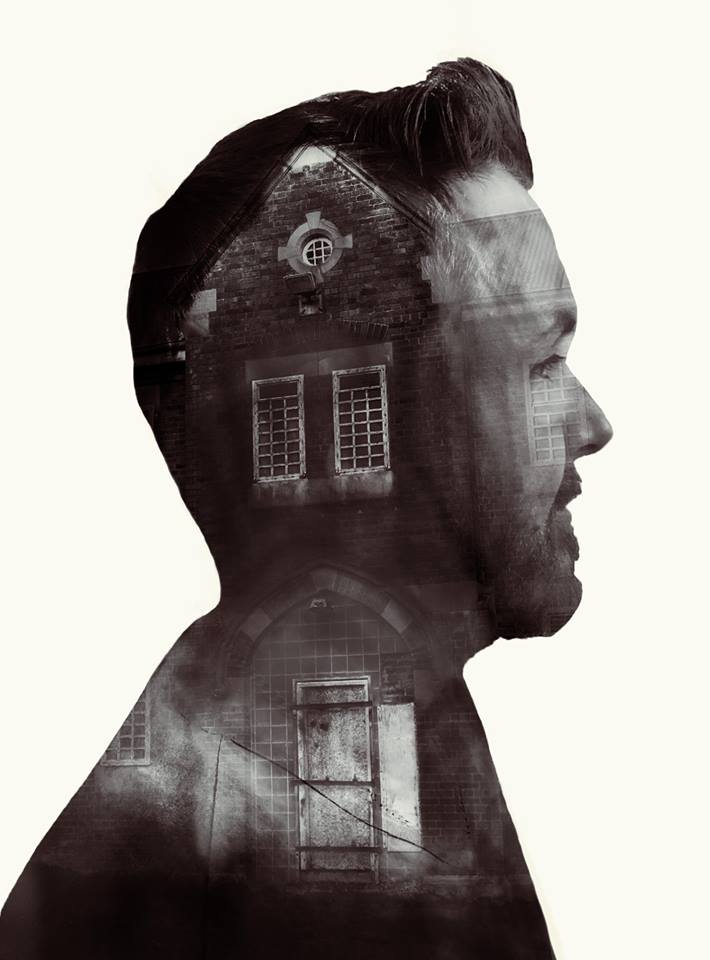THERE is something profoundly incongruous about a community and cultural heritage site of the enormous significance of Willow Court being put up for sale alongside the used cars, cricket bats and weight benches being hawked on Gumtree.
Willow Court’s history is not a bright, bubbly story with a happy ending. Very much like the convict ruins at Port Arthur, it has been a place of horror, tragedy and pain. However, as we have witnessed with Port Arthur, emotive historical sites such as these can become huge drawcards for those wanting to better understand our history, and when the community reclaims them and takes them to heart, disturbing memories can be fused with more positive feelings.
University of Tasmania lecturer and author Nicola Goc, a member of the not-for-profit Female Convicts Research Centre, is perfectly right when she suggests this situation has been brought about by the hasty sale of the site in the early 2000s.
She is also correct in pointing out that female colonial and convict history is under-appreciated.
Derwent Valley Council sold Willow Court because it did not have the resources to properly care for it and the site was rapidly crumbling. The site was also perceived as an open wound by some whose relatives were housed in the mental institution during darker days when our community’s approach to mental health left a lot to be desired.
However, in the rush to leave behind the suffering endured at the site, the buildings were hastily discarded and history, it appears, has been put in jeopardy as a result.
All we can hope is that whoever buys the site will properly appreciate the vast community history and heritage values that are attached to it.
This situation is a stark depiction of the heritage issues at play in Tasmania at the moment.
 Nick Jarvis
Nick Jarvis